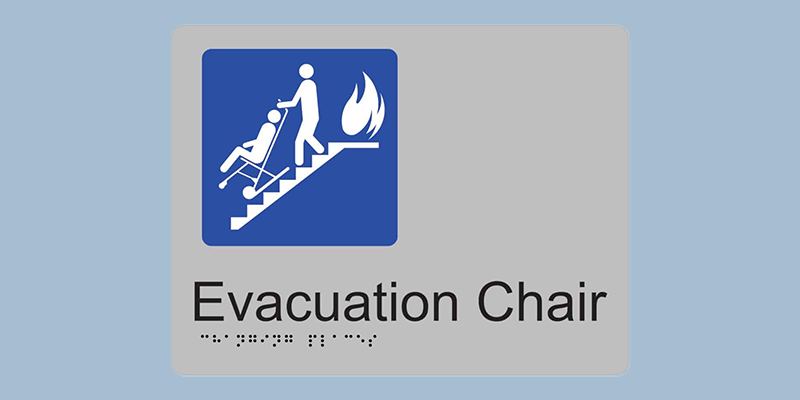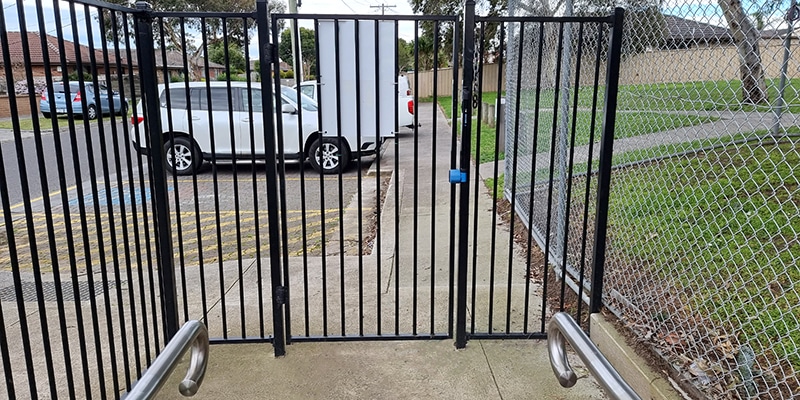The Commonwealth Disability (Access to Premises – Buildings) Standards (or the ‘Premises Standards’) came into force on 1 May 2011 under the Disability Discrimination Act 1992. The Building Code of Australia and the Premises Standards allow the use of ‘Performance Solutions’ by using the ‘Performance Requirements’ within these documents in lieu of the prescriptive ‘Deemed-to-Satisfy’ provisions.

There are three methods to achieve compliance with the Performance Requirements: complying with the ‘Deemed-to-Satisfy’ Provisions (or the prescriptive approach detailed within each part of the BCA); formulating a Performance Solution (i.e. adopting a ‘performance-based approach’); or a combination of both of the above.
Compliance with the ‘Deemed-to-Satisfy’ provisions is easier as these building solutions are all detailed within the pages of the BCA and will be deemed to comply with the relevant Performance Requirements.

One such inconsistency between the Premises Standards and the Building Code of Australia is that the Premises Standards does not outline the ‘Assessment Methodology’ required when developing an ‘Performance Solution’.
Subsection 3.2(3) of the Premises Standards states that when using an ‘Performance Solution’ approach to achieve compliance with the Performance Requirements of the Access Code: “without limiting the alternative approach referred to in 3.2(2) a building complies with the Access Code if the building as a whole provides a level of access that is not less than the level that the building would have provided if it had complied with the Deemed-to-Satisfy Provisions of the Access Code.”
In other words, the use of ‘Expert Judgement’ alone to verify that the ‘Performance Solution’ complies with the relevant Performance Requirement of the Premises Standards is not sufficient, and the solution may be non-compliant, unless an alternate assessment method has been used to confirm compliance (i.e. using the methodology outlined in BCA Volume 1 A09(a) or A09(c)).
Additionally, the Premises Standards does not state that ‘Expert Judgement’ is a suitable assessment method. Contrary, it actually states that to achieve compliance with the relevant Performance Requirements the ‘Performance Solution’ must be ‘comparable‘ to the ‘Deemed-to-Satisfy’ provisions.
For these reasons, any report prepared using the assessment method A09(d), Expert Judgement alone, should be scrutinised by the Relevant Building Surveyor / Certifier. If they choose to accept the report they need to be confident that the assessment and ‘Performance Solution’ can hold up to further investigation, scrutiny and complaint resolution via the Australian Human Rights Commission or State Commission.
Equal Access’ approach is to develop any ‘Performance Solution’ using a combined methodology, principally assessed against the ‘Performance Requirements’ using assessment method A09(a), with possibly a comparative analysis against the ‘Deemed-to-Satisfy’ provisions using A09(c). However, when doing the assessment there must be an element of inherent expertise used (i.e. comparable to expert judgement under A09(d)) when verifying that the ‘Performance Requirements’ are met.
Hence Building Surveyors / Certifiers should carefully think about the assessment method to be used in an Performance Solution and should weigh the risk of accepting an ‘Performance Solution’ for a variation to the ‘Deemed-to-Satisfy’ access provisions that doesn’t include a performance assessment using the methodology outlined in Part A0 of the Building Code of Australia.

We are often asked to assess signage against the requirements of the Disability Access to Premise...
read more
For public transport operators, accessibility and ease of use are essential to design considerations across...
read more
If you’re a parent of young children in a kinder, preschool or childcare centre or visit a maternal child health centre (MCHC), you’ll...
read moreKeep up with Disability Access Legislation using our free e-newsletter. Save yourself the headache of complaints and expensive last-minute upgrades. Sign up here!